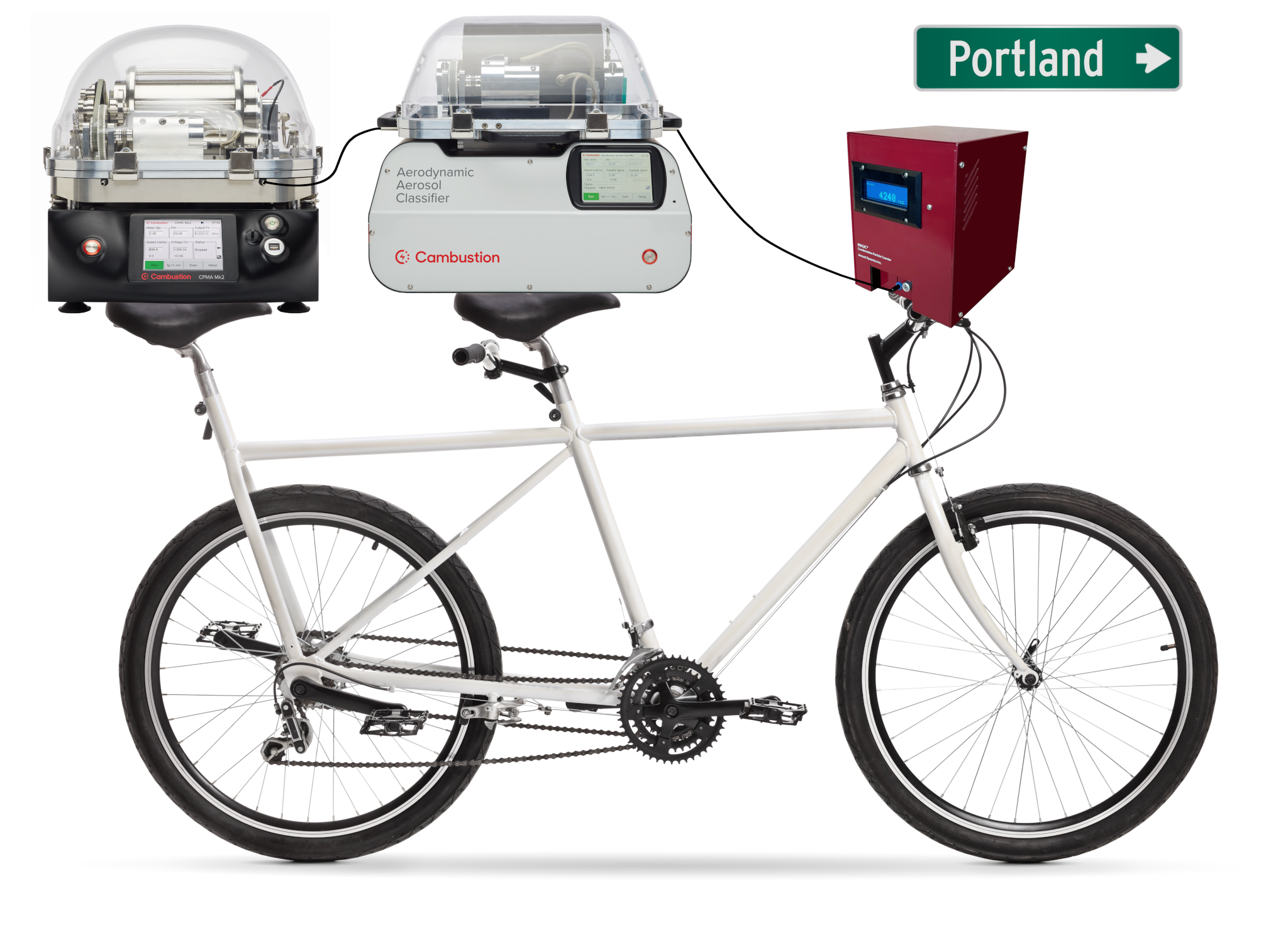New software to automate "Tandem" aerosol classifier experiments to be demonstrated at AAAR 2023
This year at AAAR 2023 in Portland there will be an Exhibitor and Instrument Application Showcase (AKA ‘Scientists doing Experiments drinking Coffee’). In collaboration with the University of Alberta and NRC Canada we will be demonstrating new software to automate tandem aerosol classifier experiments. Such experiments involve two of the "trinity" of aerosol classifiers, one downstream of the other: the Differential Mobility Analyser (DMA, for mobility diameter), the Centrifugal Particle Mass Analyser (CPMA, for particle mass) and the Aerodynamic Aerosol Classifier (AAC, for aerodynamic diameter).
These experiments can either combine the measurands of two different classifiers to obtain more complex properties of the aerosol particles, such as density or mass-mobility exponent, or subject the particles to some sort of conditioning process in-between the classifiers, such as high or low temperatures or condensing gas vapour to determine evaporation temperature, hygroscopicity or volatile fraction. The process involves stepping each classifier to form a 2D grid of data from a downstream detector. To speed up the often lengthy experiment, sometimes the downstream classifier is used in a fast scanning configuration, such as a Scanning Mobility Particle Sizer (SMPS, for the DMA) or a Scanning Aerodynamic Size Spectrometer (SASS, for the AAC). After the experiment, the data has to be processed, which can involve quite a complex data inversion algorithm.
In this collaboration, we have developed Python software which can automate the experimental process, by sequencing both classifiers and recording the concentration from a downstream Condensation Particle Counter (CPC), and for when the second classifier is a scanning device, initiating the scans and collecting the data.
Tandem software interface showing CPMA-SMPS experiment
Currently the software supports the following stepping classifiers:
and the following scanning classifiers:
with the following CPCs as detectors when the second classifier is stepped:
More will be added over time, and when the software is released, it will be open source so you may add your own devices too.
The next stage will be to add bivariate inversion code for AAC-SMPS, CPMA-SMPS, CPMA-SASS
Inverted data from CPMA-SMPS
Automated Tandem Aerosol Classifier Experiments by Julie Pongetti, Timothy Sipkens, Morteza Kiasadegh, Jason Olfert and Jonathan Symonds will be in session 6SC, in the AAAR 2023 Exhibit Hall, Wednesday 4th October 2023 1:00 pm–1:45 pm PDT. The presentation can be downloaded from ResearchGate.
Watch this space or sign up for our mailing list below to be informed of when the software will be publicly released for the aerosol science community on GitHub.
Thanks to Aerosol Dynamics for the loan of the MAGIC CPC and Particle Instruments for the loan of the TOPAS ATM 226 nebuliser for the showcase.
